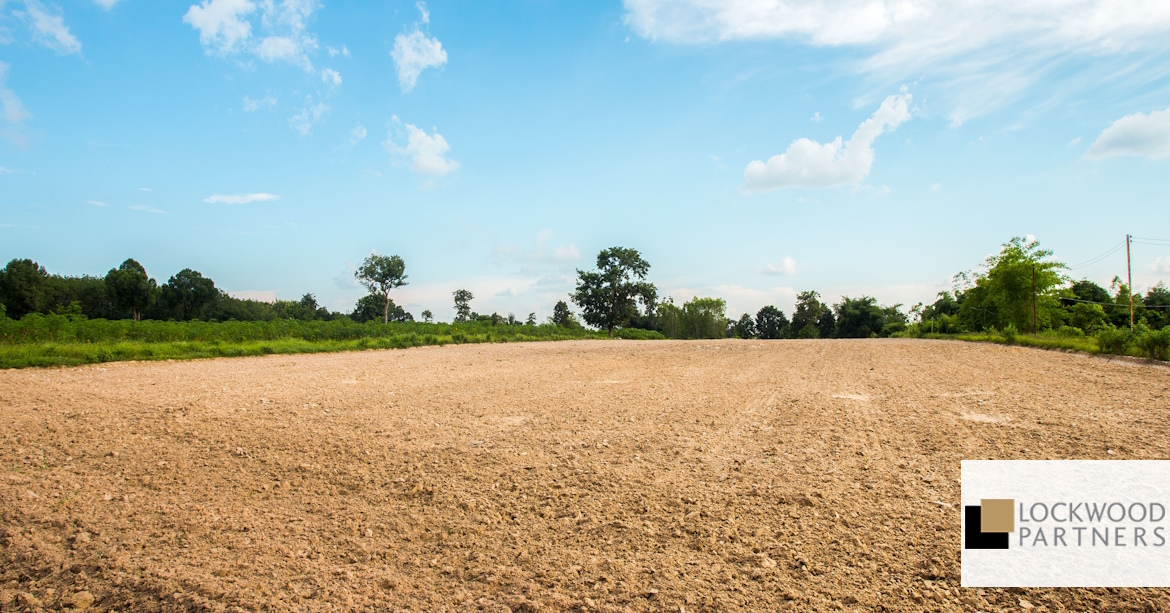Commissioner finalises his view on expenses associated with holding vacant land
Background
Section 26-102 was introduced effective 1 July 2019 to address integrity concerns regarding the availability of evidence to substantiate taxpayers’ intent in respect of holding costs deducted in connection with vacant land. Essentially, there was necessarily a heavy reliance on taxpayers’ assertions regarding the current intent in respect of the land, which inevitably caused a myriad of compliance and administrative concerns for the Commissioner and his officers.
Section 26-102 serves as an integrity measure to prevent deductions being claimed in relation to vacant land that may not be genuinely held for the purpose of gaining or producing assessable income.
The Provision
Broadly, subject to a number of exceptions, subsection 26-102(1) denies a deduction for losses or outgoings relating to holding land on which there is no substantial and permanent structure in use or available for use. Those exceptions are:
- The land is used in carrying on a business;
- The land is leased to an entity carrying on a business;
- The land is held by primary producers; or
- The holder of the land is one of the following types of entities:
- a ‘corporate tax entity’;
- a superannuation plan that is not a self-managed superannuation fund;
- a managed investment trust;
- a public unit trust; or
- a unit trust or partnership where each member thereof is one of the foregoing.
The Ruling
TR 2023/3 elucidates the Commissioner’s view with respect to the application of section 26-102 as well as his intended compliance approach.
Broadly, TR 2023/3 prescribes the following three tests for determining whether section 26-102 applies to a particular landholding:
1. Is there a substantial and permanent structure on the land?
- A structure is ‘substantial’ when it is considered significant in size, value, or by reference to some other relevant criteria of importance in the context of property.
- A structure is ‘permanent’ when it is fixed to the land and enduring.
2. If there is a structure, is it in use or available for use?
- The purpose of the structure will partly determine what ‘in use or available for use’ means in context.
- Residential premises capable of being occupied will be considered available for use unless they have been deemed unsafe to occupy by a council, relevant body, or relevant qualified professional.
- Residential premises constructed or substantially renovated while land is held must be ‘lawfully able to be occupied’, which occurs when the certificate of occupancy (or other local council approval) is received.
- The premises must also be leased, hired, or licensed or available for lease, hire or license.
3. If there is a structure available for use, is it independent of and not incidental to the purpose of any other structure, or proposed structure on the land?
- Structures that have the sole purpose of increasing the utility of another structure are not considered independent. For example, whereas a house has an independent purpose that is not incidental to the purpose of any other structure, a shed or fencing in the context of residential land would not have a purpose independent of the residence.
By reference to a number of illustrative examples, TR 2023/3 also considers numerous other issues, including:
- What constitutes a cost of ‘holding’ land – e.g., Interest and other ongoing borrowing costs, council rates, land tax, maintenance costs, etc. In TR 2023/3, the Commissioner expresses his view that the costs of repairing, renovating, or constructing a structure on the land, or any interest or borrowing costs associated therewith, will not be in respect of ‘holding’ land.
- Treatment of costs incurred after land is sold or business activity has ceased – the potential for costs to be deducted if the occasion thereof is found to be in whatever was productive of assessable income of an earlier period.
- Scope of the ‘carrying on a business’ exception – whether a business is being carried on is a question of fact determined by a reference to the indicia of carrying on a business as set out in case law.
- Treatment of costs not deductible due to the operation of section 26-102 – it is contemplated that such costs may form part of the third elements costs of owning the asset. However, according to subsection100-45(7) of the ITAA 1997, third element cost can only be included in the cost base if there is a capital gain upon the sale of the CGT Asset. In the event of a capital loss, the third element cost will be excluded from the cost base, and it cannot be used to increase capital losses.
For more information
Should you wish to discuss how the Commissioner’s view on the application of section 26-102 might impact you or your business, please contact the team at Lockwood Partners.

